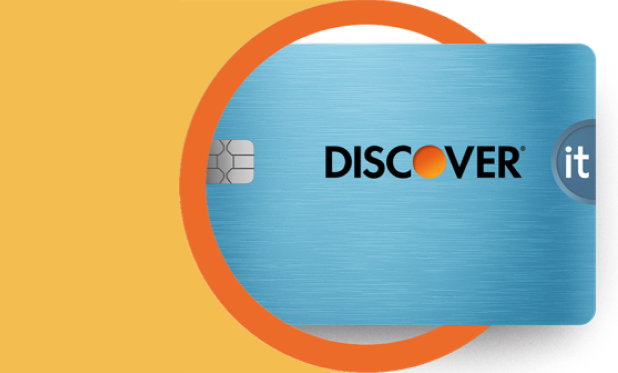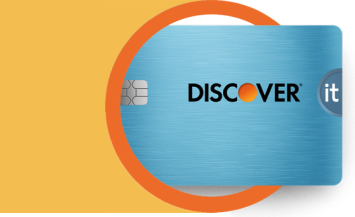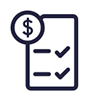You may think of a credit card cash advance as a short-term loan. While it’s a convenient option for accessing emergency cash quickly, a credit card cash advance typically comes with substantial costs to keep in mind.
Cash advance fee: Your credit card cash advance will probably incur a cash advance transaction fee. The financial institution may charge a flat fee per transaction or a percentage of the total cash advance amount. Check your credit card agreement for details.
Cash advance interest rate: When you borrow cash from your credit card, you’ll often pay a higher interest rate than you do for regular credit card purchases. And while credit card purchases typically don’t accrue interest during the grace period between the purchase and the next bill, a cash advance balance may start accruing interest right away. So even if you pay your entire credit card bill on time, you may still owe interest on your cash advance.
ATM fee: Many banks charge a fee for withdrawing cash from their ATMs, whether you use a credit card or a debit card. A cash advance may even come with an additional fee.
Foreign cash advance fee: A cash advance may save the day if you need money quickly while traveling abroad. But you’ll have to decide if it’s worth the additional cost. You may get charged with higher transaction fees when you try to withdraw cash from your credit line in another country. That’s because in addition to ATM and cash advance fees, some credit card issuers also charge foreign transaction fees for transactions in another currency. So you may end up being responsible for those additional costs plus the higher interest charges.







